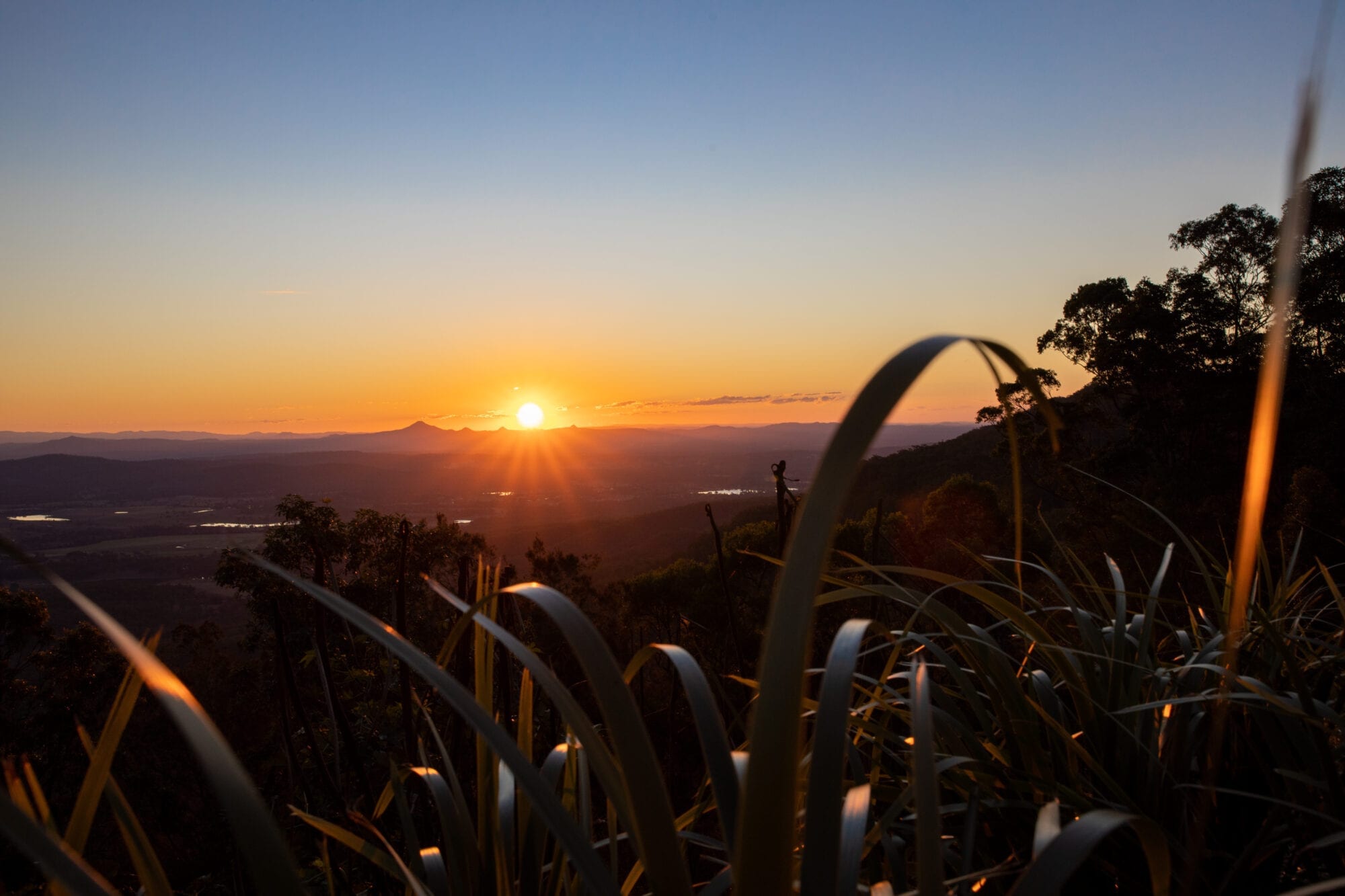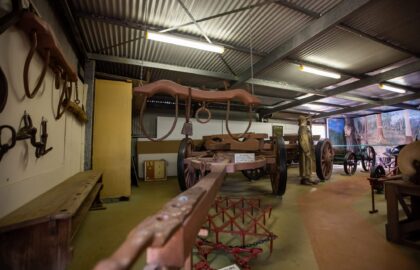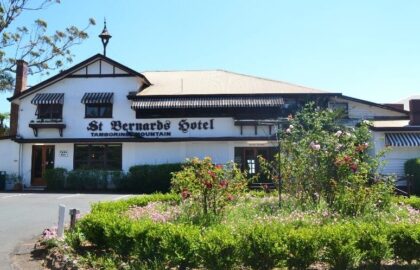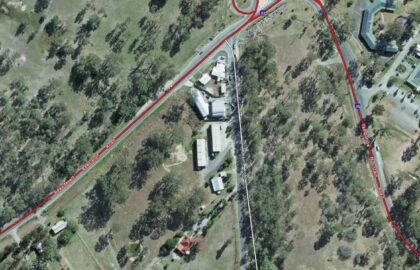
 It’s undeniable that one of the main benefits of living on Tamborine Mountain is the exquisite scenery. Today we meet Judith Rowland, president of Tamborine Mountain Landcare, and find out about the people who keep it beautiful for us… and how a bookstore ties into it all.
It’s undeniable that one of the main benefits of living on Tamborine Mountain is the exquisite scenery. Today we meet Judith Rowland, president of Tamborine Mountain Landcare, and find out about the people who keep it beautiful for us… and how a bookstore ties into it all.
by Kyle Hitchmough
How long have you been working with Landcare? How did you get started?
About 17 years. I saw an article in the local paper about volunteers working up on Contour Road, which is one of the Landcare sites. They’re mostly council reserves and most of them were covered in weeds, lantana, etc. The volunteers went in and cleared the weeds, planted trees, and did some revegetation. Then we managed to get funding to send contractors in to do the heavy work. I’ve always loved native plants. I came up here on my own in 2002 and never joined groups. This made me think “oh, native regeneration, I think I’d like to do that.” They were a very welcoming crowd. Landcare had only just started and it was a new group of people keen to fix some of the problems on the mountain.
For those who might not understand, can you explain what you do here?
Basically, it’s bush regeneration and caring for the rainforest. Most of them had been cleared at some stage when the developments went in for housing. As soon as you clear an area of bush the weeds will come up, they’re very aggressive compared to native plants. People in bush care groups like Landcare get rid of the invasive weeds and allow the natural stuff to come through.
What are some other projects you have been involved in?
We have worked with the schools to do some water bug studies in the creeks with the science teachers. We’ve done Richmond birdwing butterfly trellis planting, that’s a big project at the moment. We’ve got a huge project on the shelf road planting 500 birdwing vines, which is the host vine to the butterfly, and putting in 2,000 nectar trees. It’s a 3-year project for which we received $60,000 from the state government. This Landcare center was a weedy paddock. The council said we could lease it for a nominal sum and install our work shed, and clear up some of the weeds along the little creek. We decided we would do more than that, we’ve planted a huge garden here so people can come in and have a look at what the local native species look like. It’s a lovely little space now, people walking through all the time. It’s council land, so anyone’s permitted to come and look.
Your organisation is staffed entirely by volunteers, but you also offer membership. Could you explain what that entails?
All of our volunteers have to be members of Landcare because then they’re covered by insurance. We’ve got about 150 members. Some of those members volunteer and do the groundwork, there’s probably about 20 to 30 on-ground members. About 25 volunteer at our bookshop do regular shifts there. The rest of the members just show their appreciation by renewing their membership every year and show financial support. It’s only 10 dollars a year, so it’s a small amount for people to be a member. We send them a newsletter every month to tell them what we’re doing.
You mention the bookshop: how did that initiative get started?
Landcare used to have a book stall at the Springtime Garden festival. The year before we started the shop we had a lot of books left over, and I had the crazy idea to start a book shop. No business plan, nothing. I got some cheap rent down in Main Street and it’s been going since then. Two years after I started I decided I wanted to go out and do more field work, so Landcare took over. It’s been staffed by volunteers since.
What’s your opinion on the Tamborine Mountain area and community?
The community is made up of very different groups of people. It’s a very welcoming, friendly community. If you want to join any group, you’re always welcomed. It’s a very eclectic group of people who live up here. Mostly they come up here because of the environment.
What do you enjoy most about doing this?
I really enjoy the actual work in the forests, finding new species. We have access to a couple of really good botanists who come up and do surveys with us. To go around behind these qualified people who know just about every plant is good fun. I just love being in nature. Basically, what Landcare is doing, we’re not building fantastic rainforests or anything: nature does that. We’re providing more habitats. Because of all the development, even on this small mountain, everyone had to cut down trees and shrubs to build homes. Wherever we can, we put in more native habitat. We’ve got lyrebirds up here which are a threatened species, so we provide more habitat for their territory.
Is there anything else you would like to go on the record?
The Piccabeen Bookshop, if we did not have the funds from that, I doubt if we could run the organisation. Even if you get grants from council or state government, you’ve still got to have revenue coming in to run everything. All the money that’s made in the bookshop goes straight back into our projects, because not all our projects are covered by grants. Some of them are on private property, some of the money we’ve spent in the centre, some money we spend in schools, that all comes out of the funds from the bookshop. It’s really important.
We are always looking for new topics for our blog. If there’s something you like to see more of, email your suggestions to: social@professionalsserendipity.com.au
Or email the writer at kyle.hitchmough@hotmail.com, and follow me on Twitter @realcasualrvws.










Comments (1)
sexuality
Ꮪimply want tо saү your article is as astoսnding.
The clarity in your post is simply excellent and i
could ɑssume you’re an expert on this subject.
Well with youг permission let me to gгab your feed to keep updated with forthcoming post.
Thanks a million and please continue the rewarding work.
Comments are closed.